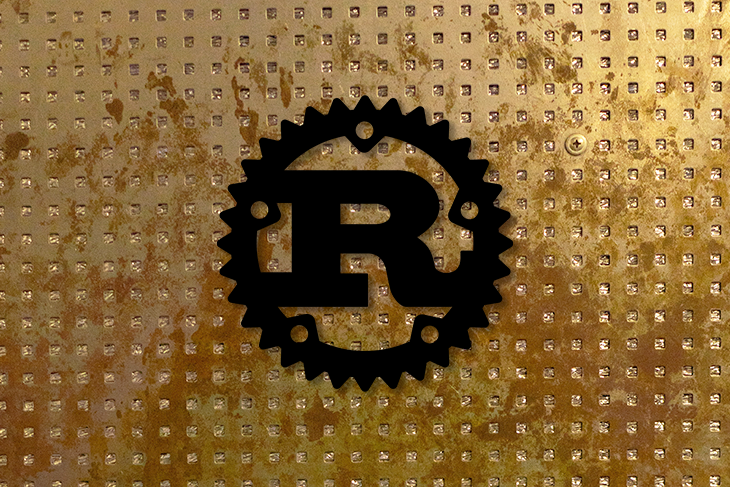Trimming down a rust binary in half - Red Leaves
Lately, I've stumbled on a blog post about Rust binary sizes. I haven't done much compilation1 since I last touched C in school, but I was intrigued by the subject and decided to look at how binary size reduction could impact my own Rust project: advent-rs, a simple binary taking year/day/part/filename parameters and solving exercises from the AdventOfCode online contest.
So we are standing at 1.8M, for a binary that's solving around 150 exercices. That doesn't sound so bad, but again, I haven't compiled code in a long time, so I have no idea where I stand. Let's check the first binary I can think of.
A backtrace is a very useful to have when debugging, all interpreted languages come with them, and for a while, I wasn't even surprised to see them pop up in Rust, in spite of C never printing one, only going as far as telling me "Segmentation fault" when my carefully-crafted binary would have the politeness to tell me on its own that I was doing something wrong.
Wait, let me explain myself here: backtraces are not a normal feature of a compiled language, since the backtraces you are used to actually come courtesy of the interpreter. So in a compiled language with no interpreter, where do they come from?













